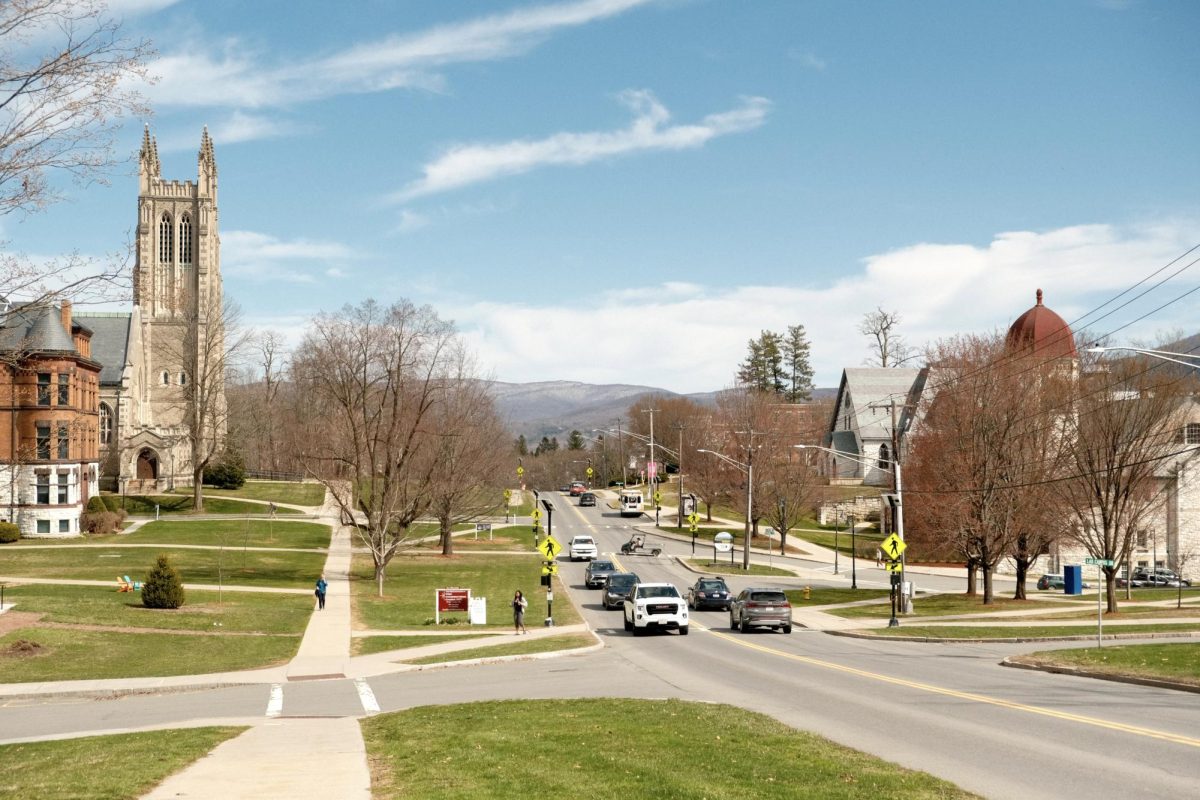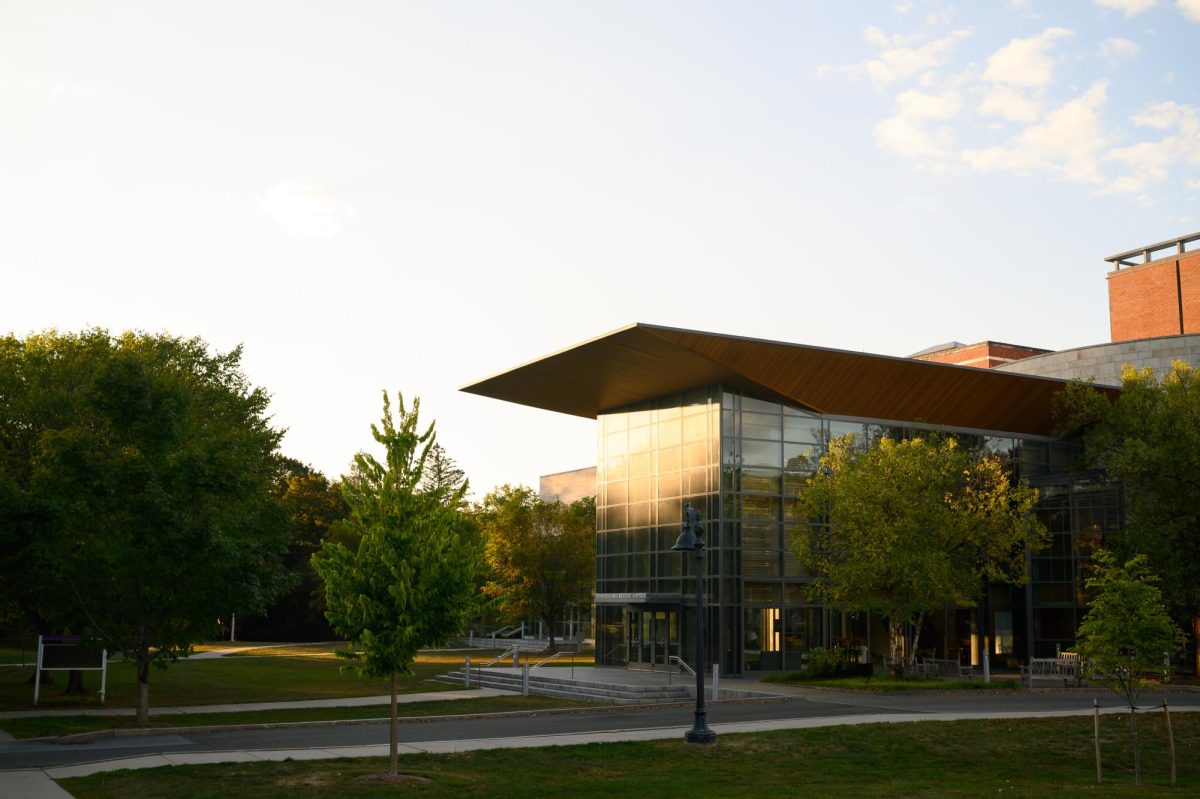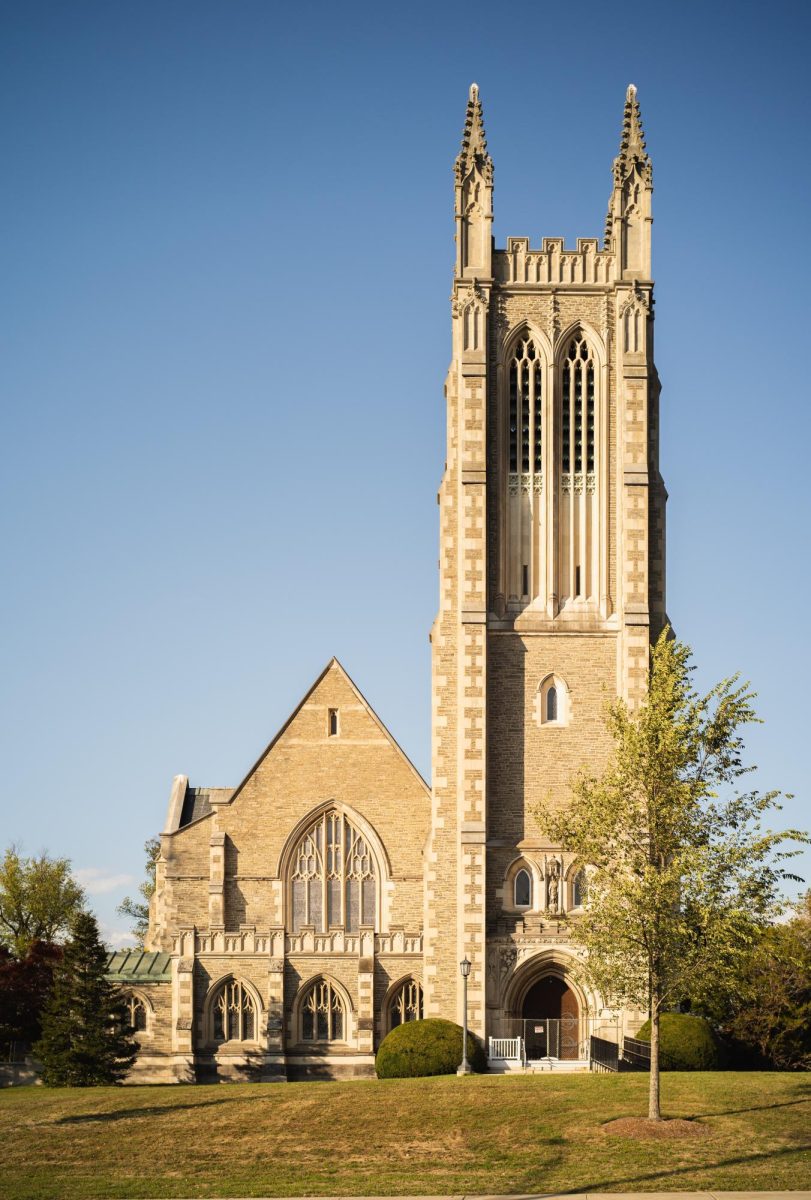On Friday morning, Coalition Against Racist Education Now (CARE Now), a self-described “active and growing collective of student activists born out of resistance to the 2018 faculty petition on free speech,” sent an open letter of 12 demands to the College’s Board of Trustees in an email to the student body. The letter demanded a “formal and public response by the Board of Trustees” addressing CARE Now’s twelve objectives by today. As of press time, the Board of Trustees has not responded to the letter.
The letter calls attention to “a mass exodus of faculty of color” this year, as well as stress induced by the College’s environment for faculty, lack of growth opportunities available to staff and the frequency at which students require psychiatric assistance. “We hold the truth of discursive and institutional violence to be self-evident,” the letter reads. It calls upon trustees to uphold “their obligation to the well-being and safety of its students, faculty, and staff.”
The letter’s objectives range from redressing the damage done through settler-colonialism by engaging in a “complete process of reparation and reconciliation to Indigenous peoples” to increasing funding toward Minority Coalition groups and the Office of Institutional Diversity and Equity to expanding the number of trans therapists, therapists of color ande Davis Center staff members. Other hiring objectives in the letter include increased hiring and pay for staff at the Office of Accessible Education and increase diversity and pay for staff in Dining Services and Facilities. Other objectives include funding permanent support networks and community space for faculty of color and hiring an independent advocate “specialized in survivor support, effectively removing the no-contact order (NCOs) investigation responsibilities from Dean Marlene Sandstrom.” The demands also call for the establishment of affinity housing for Black students and marginalized groups and the immediate approval and hiring of two faculty members for Asian American studies.
During its meeting on Friday at 1 p.m., the Board of Trustees received this list of demands and engaged in discussion within the board and with President of the College Maud Mandel. On Saturday morning, CARE Now activists presented their ideas to two trustees who later reported their conversation with students back to the board.
Rodsy Modhurima ’19, the student who sent the campus-wide email, and other members of CARE Now did not provide comment, but Modhurima sent the Record an updated and expanded letter following Saturday’s meeting between CARE Now and trustees.
Board chair Mike Eisenson ’77 commented on the trustees’ progress on many of the listed goals. “Many items on the list reflect objectives shared by the College, trustees and the community as a whole, on which we have been working for years,” Eisenson said. “In many areas we have made progress, which might not always be evident to students in just four years on campus. In other areas we have not yet made the progress we would like to see. Student input, including discussions with CARE Now and others, help inform our thinking about how Williams can best work toward our goals.”
While the grassroots CARE Now movement emerged during the protests against hate speech and the departure of Kai Green ’07, assistant professor of women’s, gender and sexuality studies, and Kimberly Love, assistant professor of English, this year, its origin dates back more than 30 years to the student collective CARE. On April 22, 1988, minoritized students connected to CARE took over Jenness House, which housed the Dean’s Office at the time. The students’ occupation, which lasted three days, called attention to 15 demands addressing three areas of concern including “the minority presence on the Williams Faculty,” “the minority experience in the Williams curriculum” and “minority students and student life at Williams.”
Similarly, CARE Now’s letter calls attention to and quotes the 2009 Faculty-Staff Initiative. “We understand that improving the professional quality of life for staff and faculty of color, and thus the institutional culture at large, would only improve the experience of Williams students,” reads the portion of the letter quoting the report. “We have witnessed how departures of staff and faculty of color or their absence in particular fields/sectors impact negatively upon the lives of students—both students of color and white students who turn to staff and faculty members of color for curricular and/or extracurricular support. This negative impact ranges from the disruption/suspension of research projects to an increased sense of isolation. We, therefore, hold that a sizable and long-term community of staff and faculty of color is vital to the studies and lives of students across the College,” the 2009 report said.
“The administration has not adequately addressed the findings of this report over the past decade,” the letter reads. “The present moment demonstrates a managerial and fiduciary failure to provide a safe, respectful and livable school environment.”








